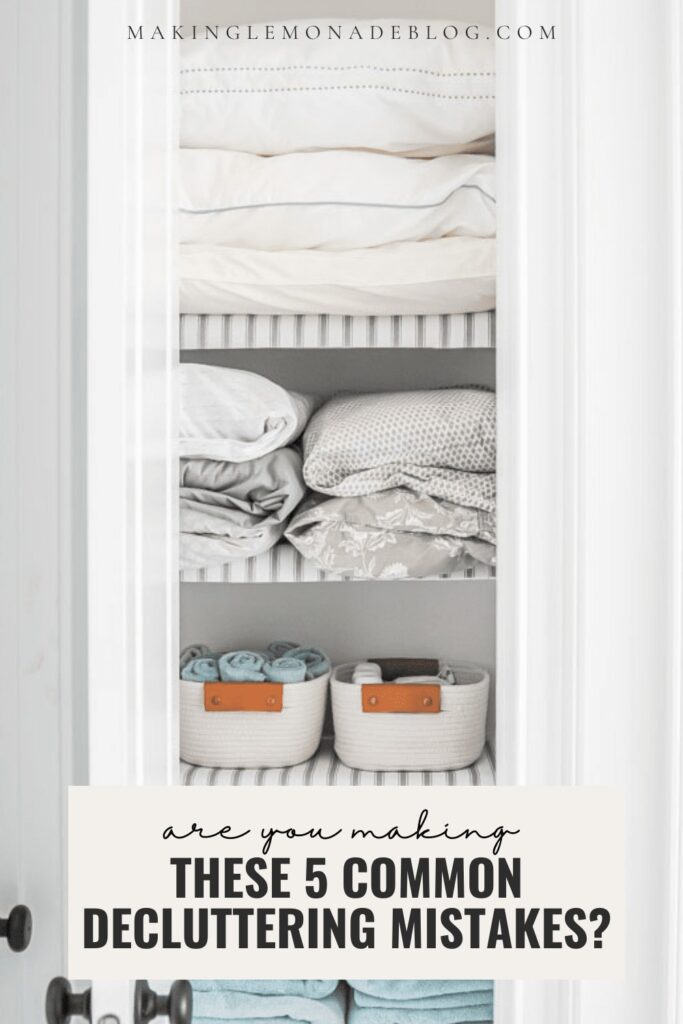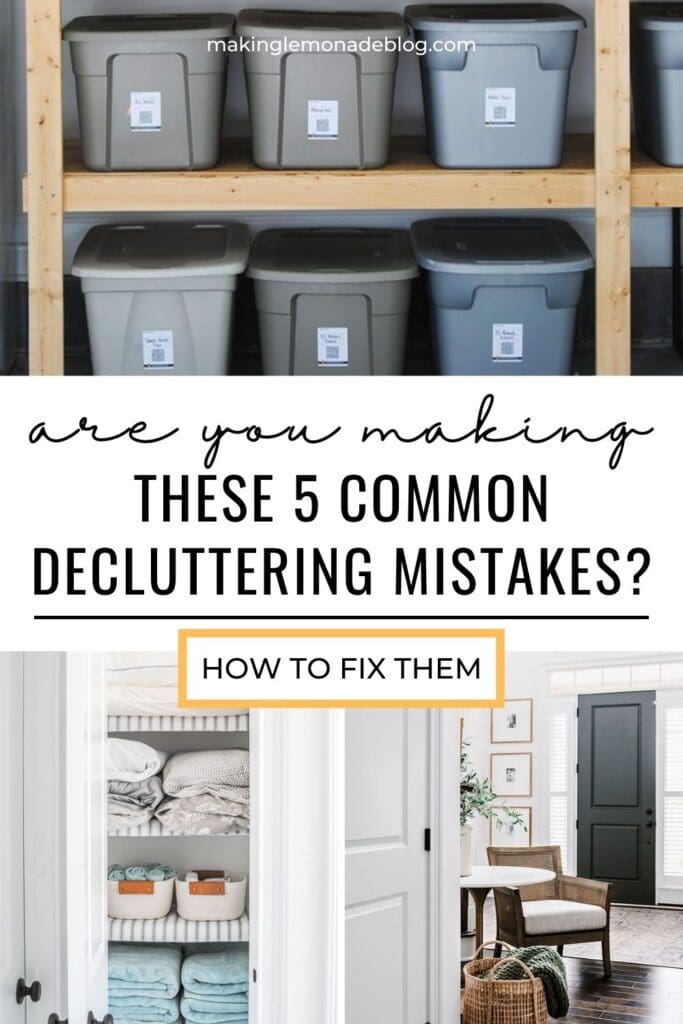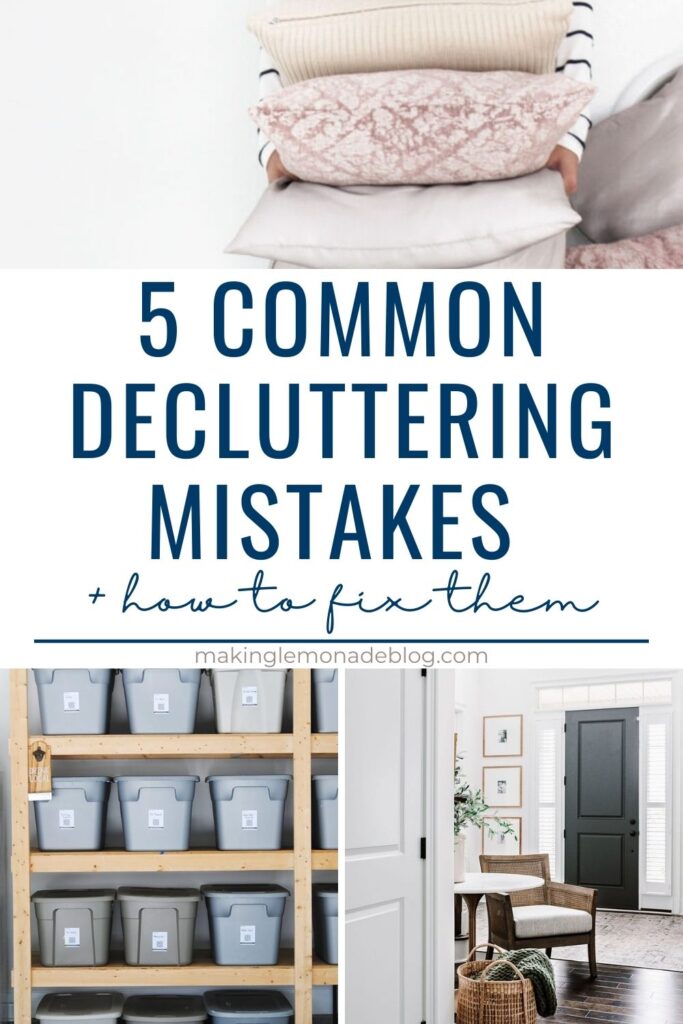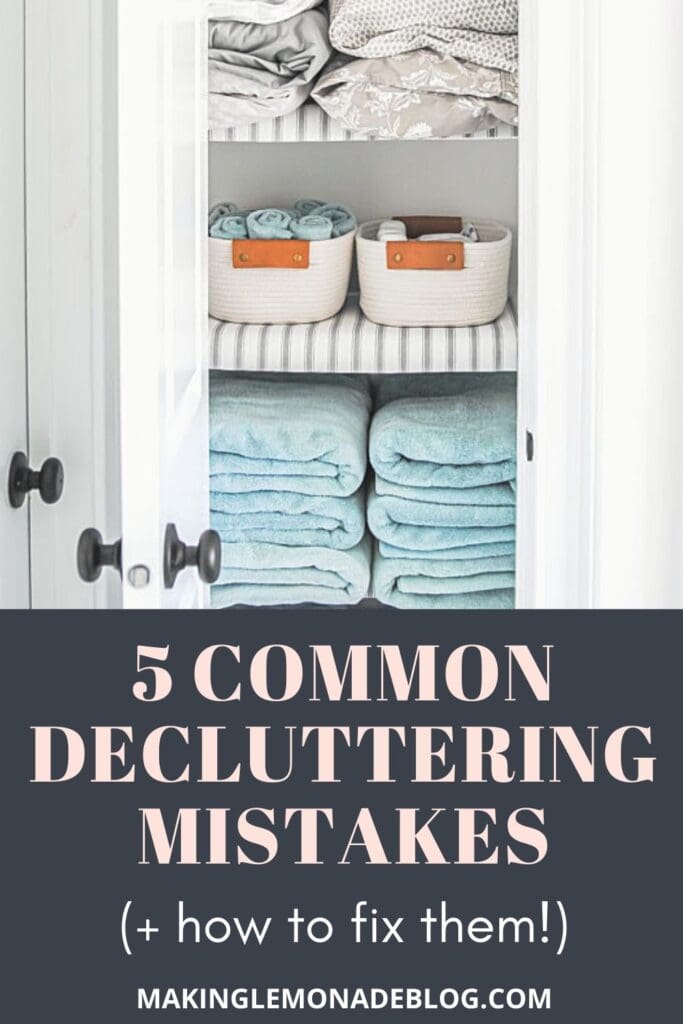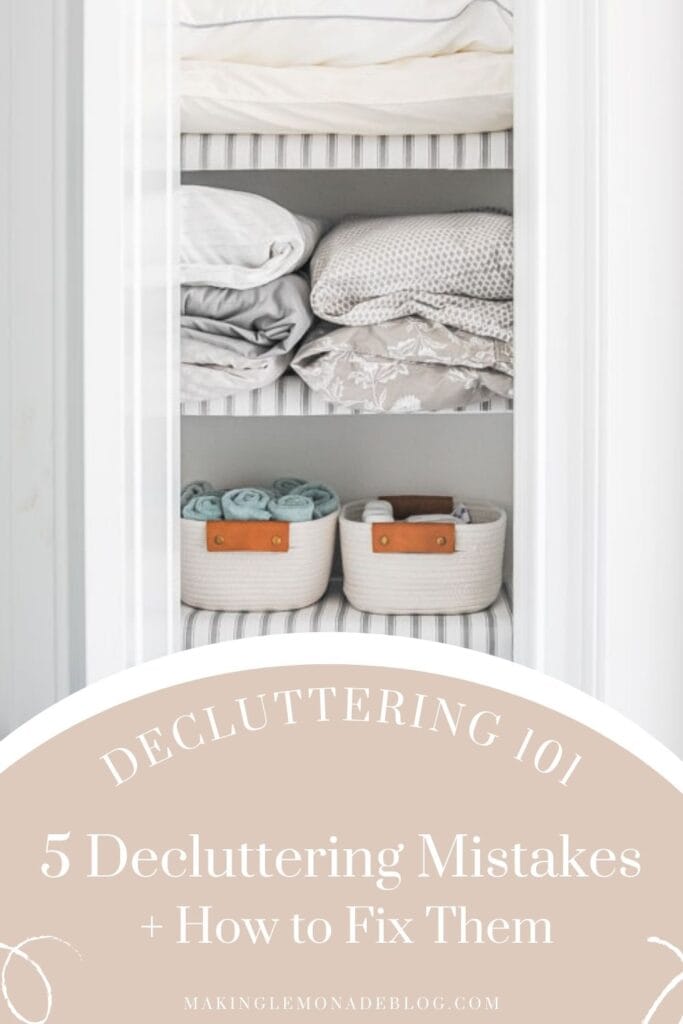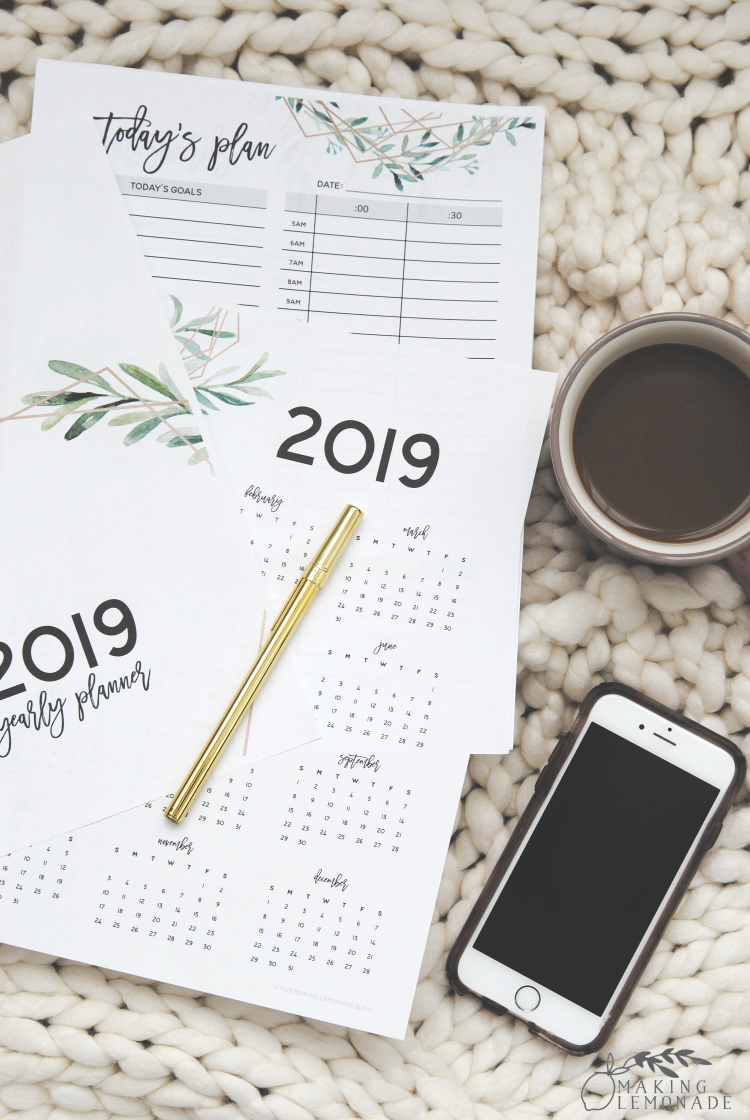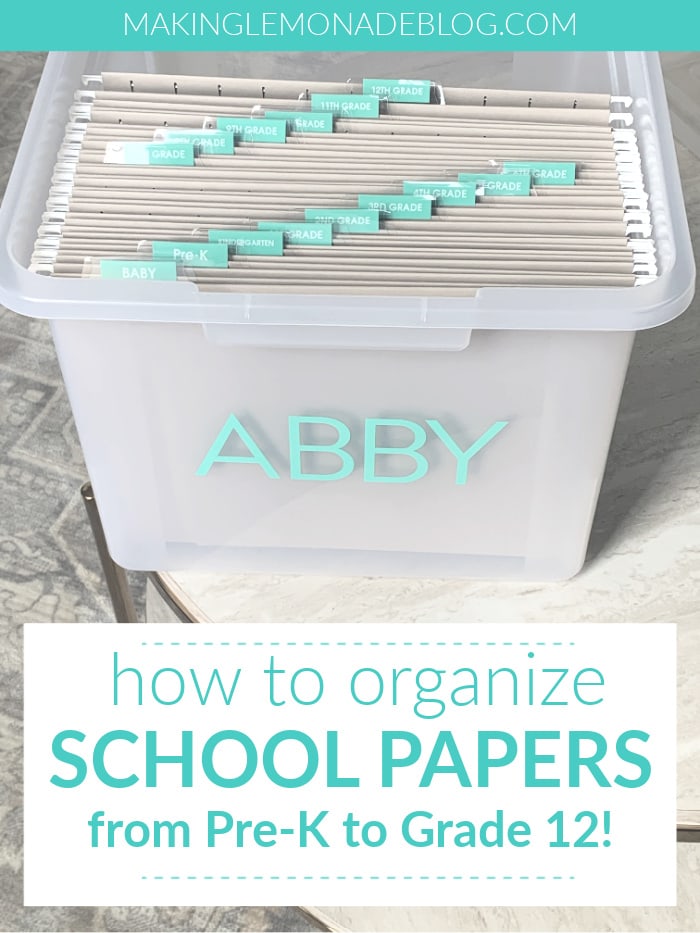Don’t Make These 5 Decluttering Mistakes (+ Tips for a Clutter-Free Home)
This post may contain affiliate links for your convenience. Read my full disclosure policy here.
Decluttering can be a daunting task, but it’s a great way to improve a room and even the rest of your house. Take a look at these 5 simple tips for decluttering and reducing clutter, plus 5 of the biggest decluttering mistakes to avoid during your organizing sessions.
Need more help? Print this free decluttering checklist to help when you feel like you have too much stuff. Once you’ve finished decluttering, here’s our favorite storage containers, bins and baskets for organizing what you keep.
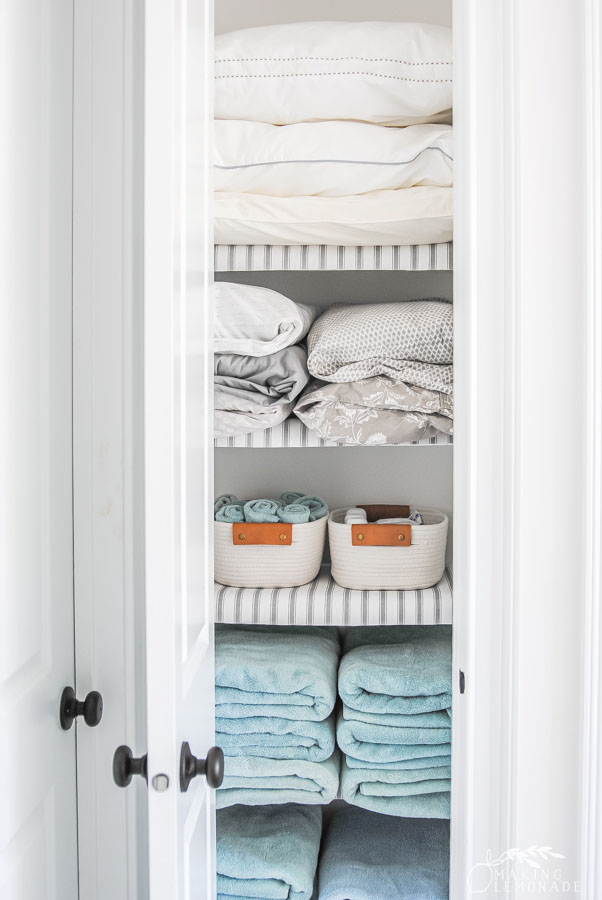
In my years of working with hundreds of people to declutter their homes and make their homes more functional and stress-free, I see the same common mistakes being made again and again. The truth is we’re not BORN knowing how to declutter; in fact, your brain is wired against it. So these mistakes are super common and there’s no need for guilt.
However, while these 5 common decluttering mistakes may seem small, any one of them can stop your decluttering progress in it’s tracks. I’m on a mission to make sure that doesn’t happen so you can have more time and space for what matters most.
Here’s 5 common mistakes people make when decluttering, and how to fix them:
Decluttering Mistake #1: Tackling the hardest items first.
Maybe you’ve tried to declutter but started with the hardest categories first, such as sentimental items or kids toys. When that happens, it’s almost impossible to let things go!
You haven’t built your ‘decluttering muscle’ yet, or mastered the art of decision making, so it’s easy to hang onto much more than you would if you’d decluttered less difficult categories first. After all, your stuff can hold immense emotional weight and it feels easier to keep it than to face those feelings. That’s why it’s better to start by purging your bathroom cabinets than with gifts, photos, and clothing.
So, where should you begin? Start with items that are less emotionally charged and require minimal decision-making. These could include things like expired medicine or kitchen utensils. Decluttering these categories will help build your confidence and make it easier to let go of unnecessary items. You’ll start to gain momentum and make progress quickly.
Once you’ve successfully cleared out these spaces, you can then move on to the harder categories such as sentimental items, photographs or paperwork. Decluttering these items can be more challenging because they often hold emotional value. It’s important to take your time and approach this process with care. Start by organizing these items into different categories and then decide which ones truly hold significance for you. Consider digitizing sentimental items like photos or creating a memory box for cherished mementos.
Get this free printable decluttering checklist to help break big tasks into smaller ones.
By approaching decluttering in this way, you’ll gradually create more space for what truly matters while still honoring the memories that are important to you. Remember, taking it step by step and celebrating each small win along the way will help you create a more organized and clutter-free home.
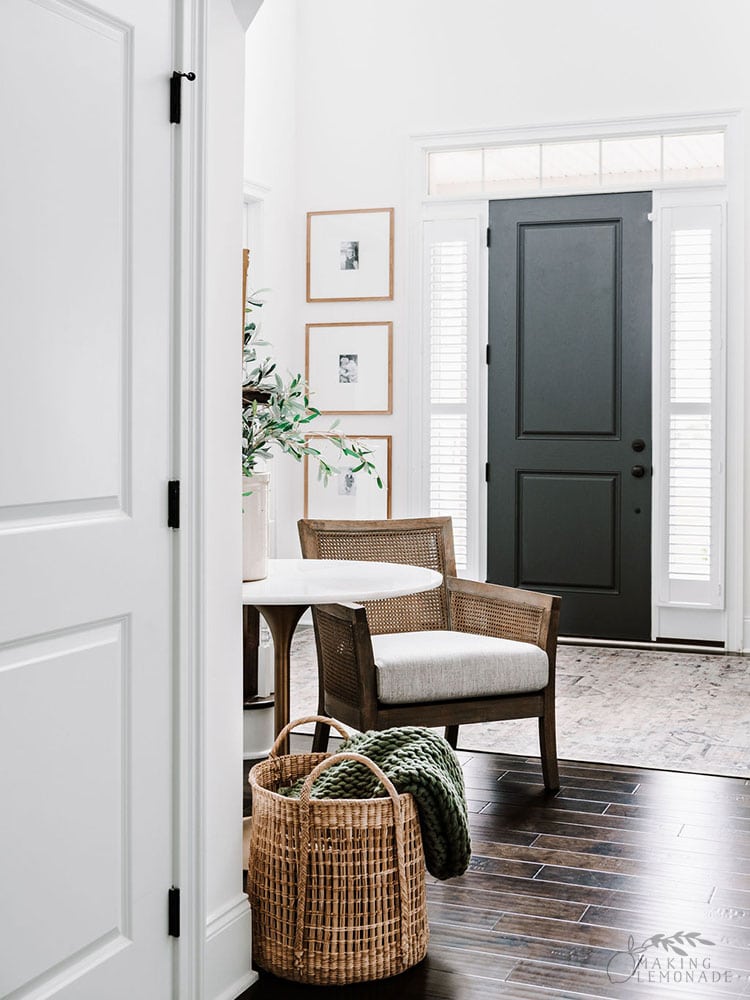
Decluttering Mistake #2: Diving into decluttering an entire room, getting exhausted or overwhelmed by the mess, then not finishing.
You wouldn’t train for an Ironman by only running a 5K, right? Same goes with decluttering.
If you jump into decluttering an entire room without a plan or breaking it into smaller tasks, you run the risk of creating a huge mess, feeling too overwhelmed or tired to deal with it, and abandoning the project just when it’s almost finished. Instead, break decluttering into smaller bite-sized pieces so you’ll have the mental bandwidth and energy to follow through to completion.
Start with just one drawer or one closet. This way you can celebrate small wins and have motivation to keep going (instead of staring at an even bigger mess, which can fill you with frustration.
If you have a big project or category to tackle, divide it into smaller chunks. If you are working on your clothes closet, you can divide it by type of clothing, shoes, accessories, and seasons. This avoids having to work around piles of stuff and won’t take up an entire weekend.
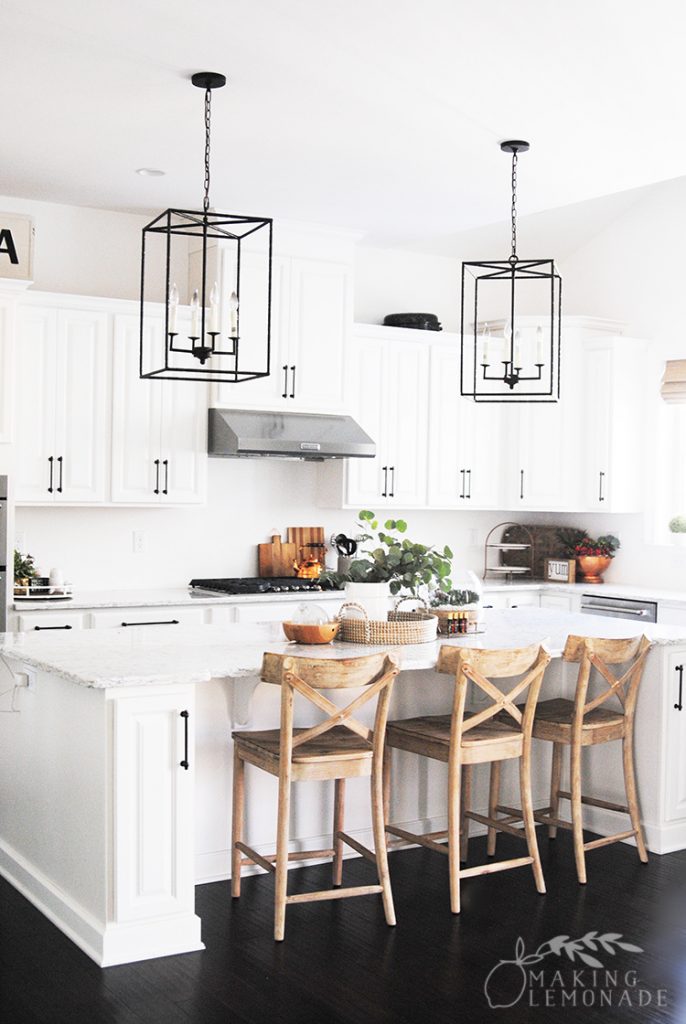
Decluttering Mistake #3: Waiting for ‘the perfect time’ to declutter.
There is no perfect time to declutter, so if you wait for it to arrive you’ll never actually get it done. There are windows of time when it feels easier (the new year, for example) but waiting for the perfect conditions is paralyzing. Instead, build blocks of time into your weekly calendar and stick with it. Slowly but surely wins the race.
Many people often wait for the perfect time to start decluttering their homes and lives. They might think that they need a whole weekend or a significant chunk of time to tackle the task. However, waiting for the perfect time can be counterproductive and may lead to further overwhelm. Instead, it’s important to just start, even if it’s with small steps.
One way to make decluttering easier is by setting a timer. You can allocate a specific amount of time, like 15 or 30 minutes, and commit to decluttering during that timeframe. This helps create a sense of urgency and prevents you from getting overwhelmed by thinking about how much needs to be done. The key is to focus on one area or task at a time and stay consistent.
Another helpful strategy is implementing the 10 minute rule of decluttering. This means dedicating at least 10 minutes each day to decluttering or organizing a specific area in your home. It could be a drawer, a closet shelf, or even just tackling the surface clutter on your kitchen counter. By consistently devoting short bursts of time, you’ll be amazed at how much you can accomplish over time.
Remember, waiting for the perfect time will only delay your progress towards creating more free time and space for what truly matters in your life. Take small steps, set a timer, and implement the 10 minute rule – these simple strategies will help you get started on your decluttering journey without feeling overwhelmed.
If you’re having a hard time starting, give yourself a period of time in which to declutter each category. This mindset helps built habits that move you through the decluttering process, and soon enough you’ll find you’ve tackled your entire home.

Decluttering Mistake #4: Not taking steps to stop clutter from coming back.
Ever get sucked into articles that say ‘declutter once and for all!’ I’m guilty of that, too. The truth is you CAN declutter in a major way, but unless you set up systems to handle changes of the seasons and adjusting for life changes as kids grow or jobs and hobbies change then the clutter will build up once again.
That’s why one of the most essential lessons I teach in Clear the Clutter is how to stop clutter from coming back as well as how to adjust your systems for your changing needs.
Decluttering regularly should become part of your daily lifestyle. Have a spot for donations set up in your home where you can easily toss unwanted items. We call this a DONATION STATION and it’s a HUGE part of getting your clutter out the door.
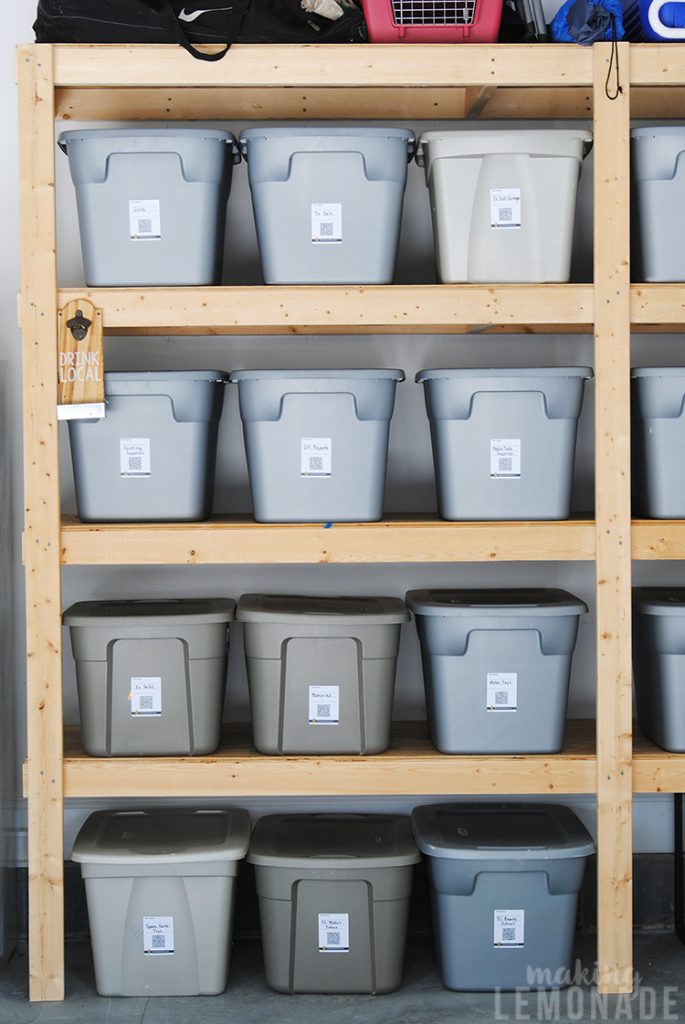
Decluttering Mistake #5: Not have a concrete plan for getting discarded clutter out of the house.
Getting your discards OUT of your house is essential, but a step where people often get stuck. Sometimes they hold onto their discarded clutter to sell, and sometimes its because they’re not sure how to efficiently get rid of it. Setting up a system for getting the clutter out of your house is as important as the actual decluttering itself (and yes, we learn how to do this in Clear the Clutter of course)!
In addition to having a spot in your house for donations, have a plan to regularly GET IT OUT OF YOUR HOME. We have a section in our garage with boxes that we fill with donations. Then, once a week you can put it in the trunk of your car and take it to the thrift store.
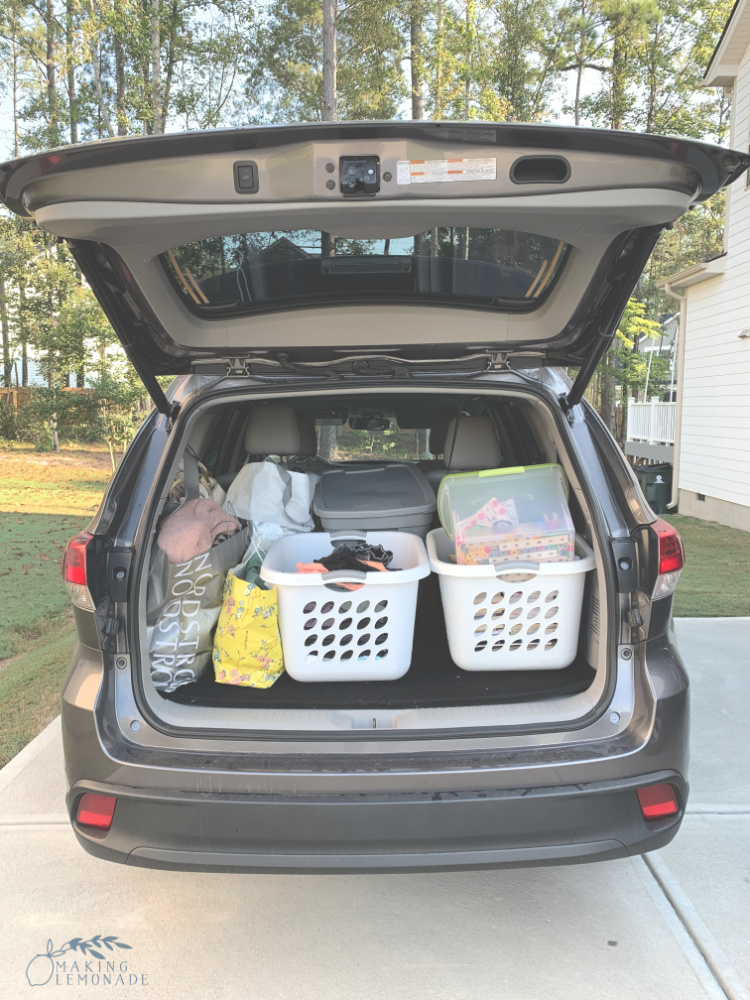
More Decluttering Tips, Ideas and Printables:
- Fall Decluttering Checklist
- Spring Decluttering Checklist
- Winter Decluttering Checklist
- Whole-Home KonMari Decluttering Checklist
By practicing these 5 helpful habits, you’ll declutter your entire house and get rid of the excess. You may never fully embrace minimalism, but that’s okay! A clutter-free home is the goal, so you only have items you use, need and love.

Were you making these common decluttering mistakes? If so, you’re not alone- most of us have made these mistakes and that’s how we learn. After all, we’re not wired to enjoy decluttering which is why it’s a skill most of us need to build with time and practice. I hope these tips helped you grow your skills and get around common decluttering roadblocks!
Pin this post to remember how to fix these common decluttering mistakes!
